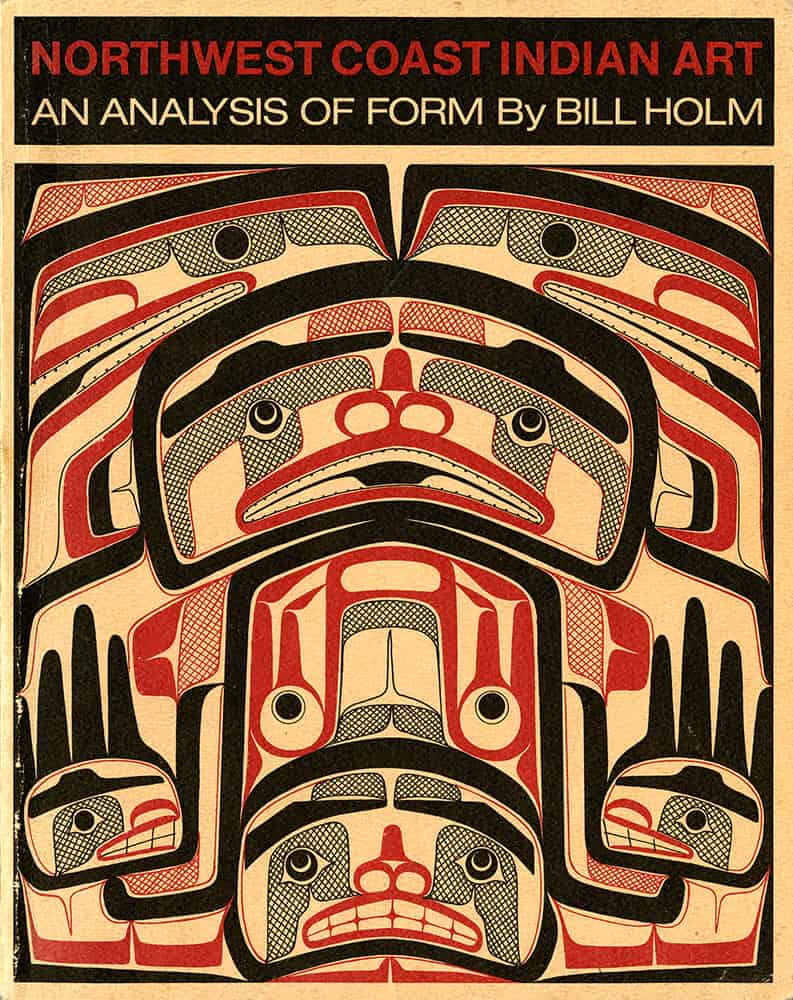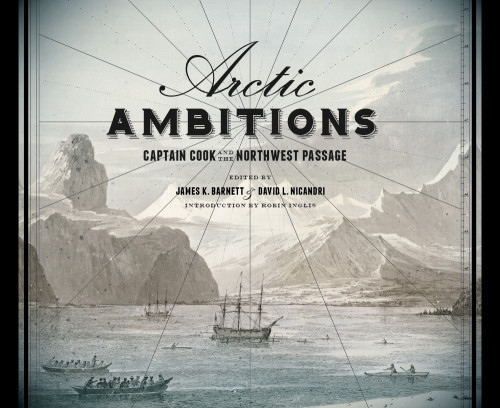Northwest Bookshelf: Native Art, Native Trees and a Journey to the North
 Northwest Coast Indian Art
Northwest Coast Indian Art
Bill Holm (University of Washington Press)
From blankets to gambling sticks, coffins to rain hats, spoons to shaman’s paraphernalia, seemingly every material aspect of the indigenous cultures of the northern Pacific Coast was decorated with representations of the natural world, usually animals. Salmon, bear, raven, wolf, whale, seal, beaver: the wild creatures of the British Columbian and southeast Alaskan coastlines and islands are memorialized in bold strokes of black and red by Haida, Tsimshian, and Tlingit artists from time immemorial.
The definitive study of the visual language of Northwest Coast Native art is back on bookstore shelves in a 50th anniversary edition that includes new color photographs, illustrations and reflections from contemporary artists on the impact of Bill Holm’s landmark book.
Holm is credited with decoding the hidden structures of the complex and highly stylized art form, helping “unravel the secrets of Northwest Coast art,” according to one artist. He made his findings in a systematic study of hundreds of artifacts housed in the University of Washington’s Burke Museum as a graduate student.
“I realized there was a sort of grammar or syntax to it not unlike a written language,” Holm writes in a new preface. “There were ‘rules’ that transcended tribal and linguistic boundaries on the northern coast, and these rules were followed with remarkable uniformity by artists of all the tribes in the area.”
Considered one of the most advanced art forms in the world, Holm demystifies the schematics of Northwest Coast Indian Art while also allowing that it is the individual artist’s sensibilities that make the sum of elements greater than the parts.
Even with his deep comprehension of the art, Holm acknowledges mystery too: “It is difficult to understand how these Indian artists, scattered among the inlets of the rugged northern coast, mastered the complexities of the design system to such a degree that only an occasional piece in the vast museum collections of today deviates from that system.”

Trees & Shrubs of the Pacific Northwest
Mark Turner and Ellen Kuhlman (Timber Press)
Bellinghamsters Mark Turner and Ellen Kuhlmann have collaborated to produce a new field guide that presents a comprehensive overview of our region’s trees and shrubs. Their organizational scheme breaks the book into four sections: conifers, plants with simple leaves, plants with compound leaves and plants with no leaves. Each of these sections are then further divided by leaf types, and include info on habitat, bloom time, abundance, elevation and ecoregion. This trove of information, when combined with Turner’s photography, will help any treehugger identify the bounty of flora in the Pacific Northwest.
Turner is teaching a photography workshop, “Into the Forest,” May 22-24 at North Cascades Environmental Learning Center. More info: http://www.ncascades.org

Arctic Ambitions: Captain Cook and the Northwest Passage
Edited by James K Barnett and David L Nicandri (University of Washington Press)
Captain James Cook’s explorations of the South Pacific are widely known, but his contributions to the early understanding of coastal Alaska and the Pacific Northwest are less recognized. This new coffee table book aims to shine light on his third and final voyage, using essays, charts, illustrations and photographs to bring his travels and discoveries to life.
More than 230 years ago, Cook sought the fabled Northwest Passage, a navigable link between Europe and Asia across the top of North America. The search was fruitless, but he successfully surveyed and mapped the coast from Oregon to the Bering Strait for the first time, interacting with the native people and natural history along the way.
Fans of Derek Hayes’s Historical Atlases, also published by the University of Washington, will love this deep dive in to history, exploration, science and adventure.

